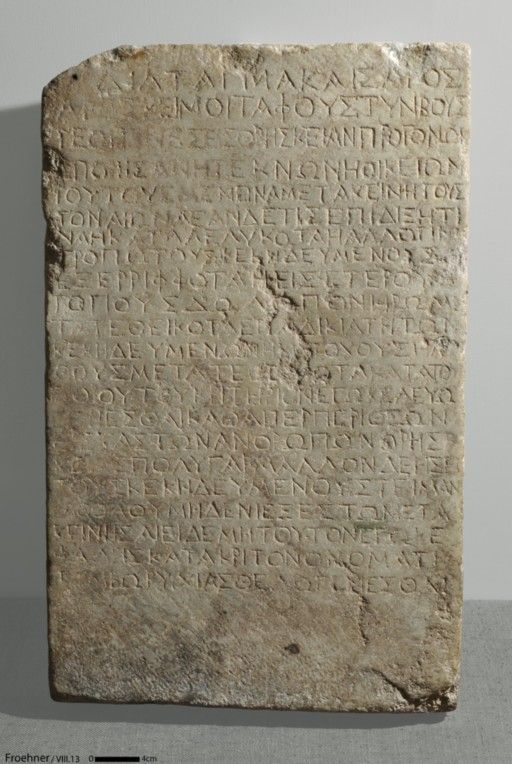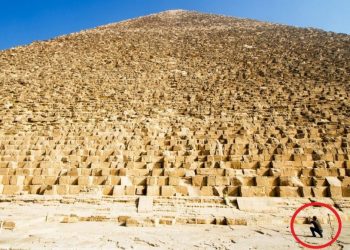An interdisciplinary team of American scientists has performed a chemical analysis of the so-called “Nazareth Inscription”, which is said to have guarded the tomb of Jesus Christ against looters after the disappearance of his remains. According to the analyzes, the tablet was made much earlier than expected, and in a completely different place.
Background of the Nazareth Inscription and the recent studies

The history of the Nazareth inscription is rather vague. It is believed that in 1878, the marble tablet became the property of the former owner of the Louvre, Wilhelm Frener. He bought it from an unknown antique dealer in Paris and kept it in his personal collection until his death.
It was he who left behind a mysterious note claiming that the marble tablet “originated in Nazareth.” Based on this note, in 1930 the French archaeologist Franz Cumont suggested that the artifact had something to do with the disappearance of the body of Jesus Christ from the tomb in which it was laid after the crucifixion.
The results of the study, conducted by a team led by American historian Kyle Harper and geochemists at the University of Oklahoma, scientists report in an article in the journal ScienceDirect. Experts have received permission to take a small sample from the back of the marble tile, which is now stored in the National Library in France.
An antique text has been carved on the table, warning those who dare to rob funerals that they face the most severe punishment – death if they dare to steal the remains. This text is known as the “Nazareth Inscription”.
It is believed that this was recorded in a decree of Emperor Claudius, which was issued after the disappearance from the tomb of the body of Jesus Christ. However, new research shows that the plaque was not created after Christ’s death, but long before his birth. Moreover, the artifact has nothing to do with Nazareth.
Geochemistry experts have come to their conclusions after grinding one milligram of the marble sample and conducting analyzes using modern laser technology. Scientists have measured the ratio of isotopes of carbon and oxygen, and this is a kind of chemical “footprint” that can determine the place where the marble was extracted. In this case, the chemical footprint points to a small quarry located on the Greek island of Kos.
This, according to scientists, is indisputable proof that the marble tile is “not from Nazareth.” At the same time, however, the experts acknowledge that the results of their study do not disprove a possible scenario in which the marble from the Greek island was delivered to Nazareth, where the inscription was carved on the stone. However, researchers are convinced that such a hypothesis is very unlikely.
Reasons to believe this study
Firstly, because this type of Greek marble has not been found so far in Nazareth or its environs. Secondly, an analysis was made of the text itself, carved on the tablet. Based on the style and age of the quarry from which the marble was extracted, Harper and his colleagues hypothesized that the stela was engraved in the first century BC, that is, long before the birth of Christ. It follows that the artifact was not created to protect the tomb immediately after Jesus’ death.











